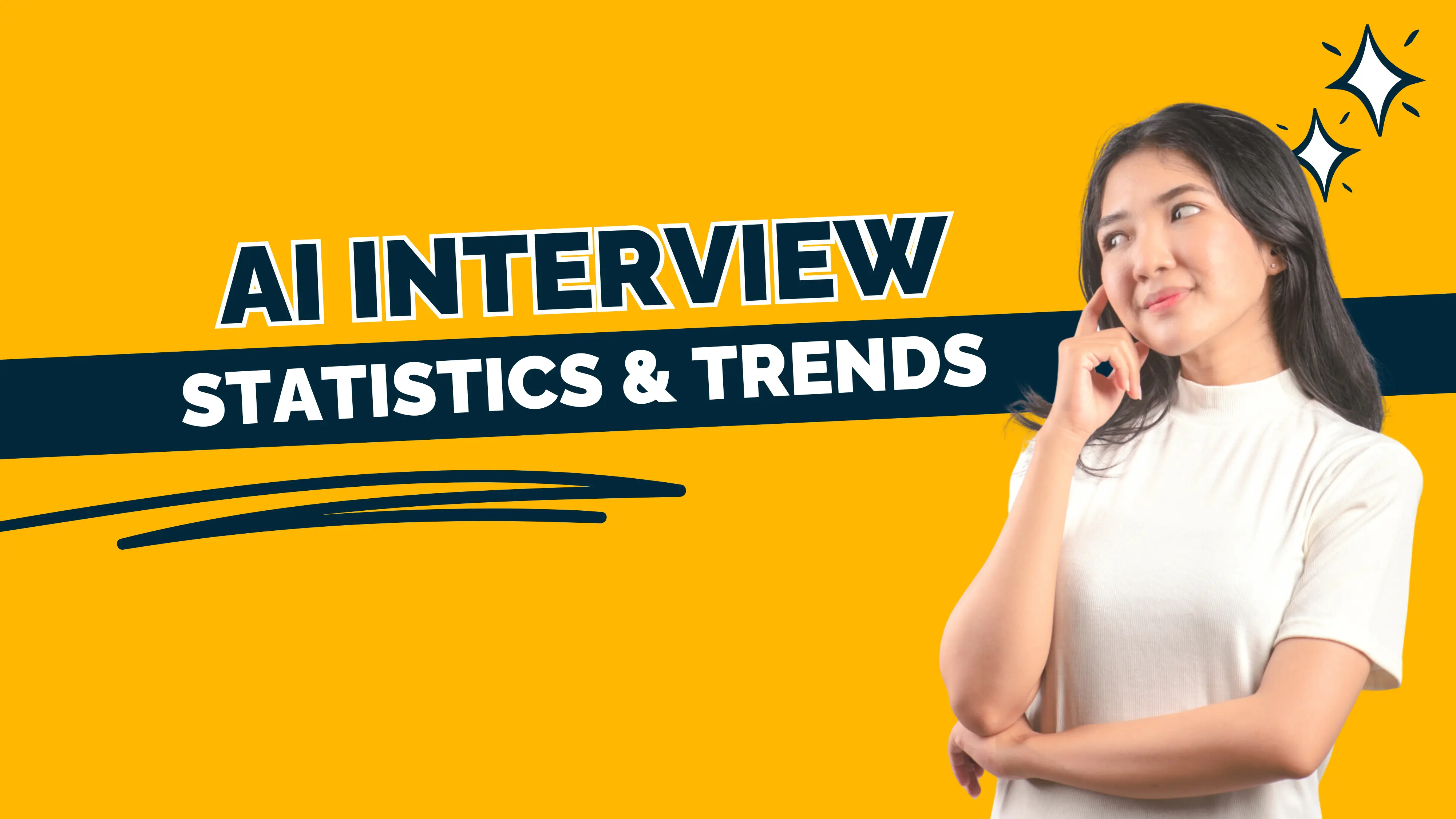The rapid digital transformation in education and hiring has revolutionised how assessments are conducted. However, with this shift comes a significant challenge: maintaining the integrity of online exams.
A recent survey highlighted that over 70% of educational institutions cite exam security as their primary concern when moving assessments online. Similarly, corporations conducting remote hiring assessments report increased cases of candidate impersonation, collaboration, or using unauthorised resources.
To address these concerns, two prominent proctoring solutions have emerged:
- Live Proctoring, where human invigilators supervise candidates in real-time via webcam and audio.
- Automated Proctoring, which leverages AI algorithms to monitor, detect, and flag suspicious activities without human intervention.
Both methods aim to prevent cheating and ensure fairness, but they differ drastically in approach, scalability, cost, and candidate experience.
In this blog, we will explore:
- What is Live Proctoring and how it works
- What is Automated Proctoring and its workflow
- The pros and cons of each method
- A feature-by-feature comparison
- When to choose which method for your assessments
- The rise of hybrid proctoring solutions that combine the best of both
By the end, you will gain clarity on which proctoring method works best for your institution, certification program, or corporate hiring needs.
What is Live Proctoring?
Live proctoring is a digital invigilation method where a human proctor supervises candidates in real-time through their webcam, microphone, and screen share. It closely replicates the traditional classroom or test centre environment, providing human judgment and immediate intervention.
How Live Proctoring Works?
- Candidate Login: The test-taker logs into the assessment platform at a scheduled time.
- Identity Verification: The proctor verifies the candidate’s identity using their photo ID and webcam. Some systems also require a 360° room scan.
- Real-Time Monitoring: Throughout the exam, the proctor observes the candidate via live video and audio feed.
- Intervention: If suspicious behaviour is detected (talking to someone, using a phone, looking away repeatedly), the proctor can issue warnings, record incidents, or terminate the test immediately.
Advantages of Live Proctoring
✅ Human Intuition: Proctors can detect subtle behavioural cues that AI may miss, such as facial expressions or nervous gestures indicating malpractice.
✅ Immediate Action: Live proctors can intervene instantly to warn or stop candidates engaged in cheating.
✅ Candidate Discipline: Knowing a real person is observing often deters candidates from attempting dishonest activities.
✅ Versatile Assessments: Ideal for oral exams, live coding interviews, or assessments requiring subjective evaluation.
Disadvantages of Live Proctoring
❌ Limited Scalability: One proctor typically monitors 5–30 candidates, depending on platform capacity, limiting mass examination.
❌ High Operational Costs: Requires hiring, training, and scheduling human proctors, adding significant cost.
❌ Scheduling Constraints: Both proctors and candidates must adhere to strict timings, reducing flexibility for asynchronous exams.
❌ Candidate Discomfort: Some candidates may feel anxious or distracted under direct human surveillance, affecting performance.
What is Automated Proctoring?
Automated proctoring uses advanced AI algorithms to monitor, detect, and flag suspicious activities during an exam without real-time human intervention. It offers a scalable and cost-effective alternative to live proctoring, making it ideal for high-volume assessments.
How Automated Proctoring Works?
- Candidate Login: The test-taker logs into the assessment platform at any time, depending on exam scheduling policies.
- Automated Identity Verification: The system verifies candidate identity using facial recognition, ID scan, and liveness detection to ensure no impersonation.
- AI-Based Monitoring: Throughout the exam, AI algorithms track and analyse:
- Face & Eye Movements: Detects if the candidate repeatedly looks away or if another face appears.
- Audio Analysis: Identifies background noises indicating possible collaboration or prompts.
- Screen Activity: Flags multiple screen usage or unauthorised applications.
- Posture Detection: Detects abnormal movement patterns.
- Flagging & Reporting: Suspicious activities are automatically flagged, and a detailed report is generated for review by administrators or proctors.
Types of Automated Proctoring
- Fully Automated Proctoring: AI alone handles monitoring and flagging. No human involvement during or after unless reviewing reports.
- Record & Review Proctoring: AI records and flags suspicious behaviour for human proctors to review later, combining scale with human judgment.
- Hybrid Proctoring: Real-time AI monitoring with live human proctors supervising flagged sessions for immediate intervention when needed.
👉 Also Read: What Is AI Proctoring? Everything You Need to Know About
Advantages of Automated Proctoring
✅ Highly Scalable: Supports thousands of candidates simultaneously without the need for proportional human resources.
✅ Cost-Efficient: After initial setup, operational costs remain low, making it ideal for frequent, large-scale exams.
✅ Flexible Scheduling: Candidates can take exams anytime, enabling asynchronous assessments across time zones.
✅ Consistent Monitoring: AI does not suffer from fatigue or bias, ensuring uniform evaluation standards.
Disadvantages of Automated Proctoring
❌ No Immediate Intervention: Fully automated systems can’t stop misconduct in real-time unless hybrid support is included.
❌ False Positives: AI may flag harmless actions (e.g. candidate thinking and looking away) as suspicious, leading to unnecessary reviews.
❌ Limited Contextual Judgment: Cannot interpret nuanced human behaviours that a live proctor might understand.
❌ Privacy Concerns: Some candidates are uncomfortable with AI data processing, facial recognition, and behavioural tracking due to data security apprehensions.
Differences Between Live and Automated Proctoring

Both methods have unique strengths. Live proctoring ensures human judgment and immediate control but at a higher cost and with limited scalability. Automated proctoring offers unmatched scalability and efficiency, but may lack nuanced human discretion without hybrid support.
Live Proctoring vs Automated Proctoring? What Works Best?
When deciding between Live Proctoring and Automated Proctoring, there is no single right choice. The best solution depends on your assessment type, scale, budget, and security requirements.
When to Choose Live Proctoring?
- ✔ High-Stakes Exams: For critical assessments like university finals, professional certifications, or licensure exams where malpractice has significant consequences.
- ✔ Subjective or Oral Assessments: Live coding interviews, viva voce, and oral presentations require human interaction and immediate feedback.
- ✔ Small to Medium Candidate Volumes: When exam volumes are manageable and the focus is on quality monitoring over scalability.
- ✔ Need for Immediate Intervention: If exams require proctors to stop candidates instantly upon detection of cheating for fairness.
When to Choose Automated Proctoring
- ✔ Large-Scale Assessments: Ideal for universities conducting entrance exams or companies assessing thousands of candidates simultaneously.
- ✔ Cost Efficiency Required: Once deployed, automated proctoring incurs minimal marginal costs, making it sustainable for frequent use.
- ✔ Flexible Exam Scheduling: If you want candidates to take exams anytime without scheduling constraints or proctor availability limitations.
- ✔ Objective Assessments: Best suited for MCQs, coding tests, and standardised evaluations where human discretion isn’t essential.
A Hybrid Proctoring Approach: The Best of Both Worlds
To truly strike the right balance between security, scalability, and user trust, many organizations and universities are now adopting a hybrid proctoring model—combining the strengths of both live and automated proctoring.
Hybrid proctoring combines AI monitoring with human review, offering:
- Scalability of AI: Automated monitoring for thousands of candidates.
- Human Judgment: Proctors review only flagged incidents to assess context accurately.
- Cost and Time Efficiency: Reduces operational costs while ensuring thorough integrity checks.
- Lower False Positives: AI flags are verified by proctors to minimise unnecessary candidate escalations.
How It Works:
- AI algorithms monitor candidates continuously, flagging suspicious behaviors (e.g., multiple faces, background noise, tab switching).
- Human proctors step in only when necessary either in real-time or during post-exam audits to review flagged incidents and make judgment calls.
- Platforms like WeCP (We Create Problems) already implement hybrid proctoring for large-scale assessments and high-stakes hiring, enabling:
- Scalability for early-stage screening
- Human review for final-round or critical assessments
- Scalability for early-stage screening
Pros of Hybrid Proctoring (Live + Automated)
- Best of Both Worlds: Combines AI efficiency with human judgment, ensuring accuracy and fairness.
- Scalable & Cost-Effective: Automated monitoring handles high volumes; humans involved only when needed, reducing costs.
- Higher Detection Accuracy: AI flags potential cheating; humans verify context, minimizing false positives.
- Real-Time Intervention: Suspicious activity can be addressed immediately by live proctors in critical scenarios.
- Audit Trail for Transparency: Detailed logs and video recordings support post-exam reviews and dispute resolution.
- Enhanced User Trust: Candidates feel reassured knowing humans are part of the review process.
- Flexible for Various Scenarios: Suitable for university exams and corporate hiring with different monitoring needs.
Conclusion
As education, certification, and hiring assessments continue to shift online, ensuring exam integrity becomes non-negotiable. Both Live Proctoring and Automated Proctoring offer effective solutions but differ significantly in approach:
- Live Proctoring ensures real-time human supervision, immediate intervention, and nuanced judgment, but is limited in scalability and incurs higher operational costs.
- Automated Proctoring delivers unmatched scalability, cost efficiency, and flexibility, but lacks immediate human intervention and may produce false positives without contextual understanding.
With advancements in AI and proctoring technologies, Hybrid Proctoring is emerging as the gold standard, combining:
✅ AI-driven monitoring for scale and cost efficiency
✅ Human review for judgment and intervention
✅ Enhanced candidate experience with minimal disruptions and maximum fairness
👉 If you’re looking for a proctoring solution that combines AI precision with human judgment, explore WeCP’s advanced proctoring suite. WeCP offers:
- Live, automated, and hybrid proctoring options tailored to your assessment needs
- Sherlock AI, our AI-Powered Proctoring Agent for accurate flagging
- Military-grade encryption to ensure data privacy and compliance
- Seamless integration with your assessment workflows, whether for university exams or corporate hiring


.png)








.svg)